Description
The Lowdown:
The Pearl Legbar is essentially the same bird as the Crested Cream Legbar except in a lavender color. This is the breed for you if you only want females, blue to green eggs, and an excellent layer (~230 eggs per year). Pearl Legbars are one of a few breeds that are autosexing. This means that the male and female chicks are visibly different at hatch. Its worth knowing that a small number of hens may lay a tan egg.
Breed History:
The lavender color of the Pearl Legbar is unique, and differs from the typical blue poultry color. This color will breed true and is caused by the action of a dilutive autosomal recessive gene which reduces the expression of eumelanin and phaeomelanin so that black areas of the plumage appear silver instead, and red areas appear as golden highlights. Conversely, the standard blue color does not breed true, and results in combinations of blue, black, and splash in subsequent generations. These self blue legbars were created by Candace Waldon. They were created by taking a Crested Cream Legbar and crossing it with a similar breed containing the lavender gene, the Isabel Leghorn. Over many generations of selecting for blue eggs, crests, and auto-sexing traits, the lavender genes were isolated resulting in the lavender colored Legbar we so adore.
The predecessor to the Pearl Legbar, the Crested Cream Legbar, is a testament to the depth of possibilities buried within the gallus domesticus (chicken) genome. This breed is the result of the hard work, creativity, and dedication of two British poultry scientists, R.C Punnett and Michael Pease. Punnett was the first to discover the possibility of autosexing chickens while studying barring patterns in feathers. He discovered that a pure breed with cuckoo barring mated with a brown type would result in auto-sex chicks. He created the first of such breeds, a Cambar, in 1920. It was a Gold Campine over a Cuckoo Plymouth Rock. While highly interesting, the Cambar wasn’t a great layer, so in 1937 Punnett swapped the Campine with a Brown Leghorn creating the first Legbar, an auto-sexing and productive bird. In 1930, a colleague returning from an expedition to Chile brought Punnett a strange gold crested blue-egg-laying hen (soon to be known as the Araucana). The Araucana was bred with a Gold Penciled Hamburg and then a Buff Leghorn. He continued breeding and by 1936 had created a new cream-colored crested bird that laid blue eggs. The blue eggs and the crest were from the Araucana and the cream color from the Gold Penciled Hamburg. Shortly after, Pease also independently discovered the cream color by crossing a White Leghorn and Gold Legbar. When Punnett learned of Pease’s discovery he mated the two lines selecting for crests, blue eggs and auto-sexing traits, and in 1947 debuted the Crested Cream Legbar at the London Dairy Show.
Stats:
Eggs- Blue to green. Roughly 150-200 eggs per year
Dual Purpose- No. Males average 7.5lb and females 6lb
Standard of Perfection:
We offer pure lines but select primarily on egg color, vigor and temperament. If you are a breeder looking for specific SOP traits please contact us to ensure our stock will be the right fit for your breeding goals.

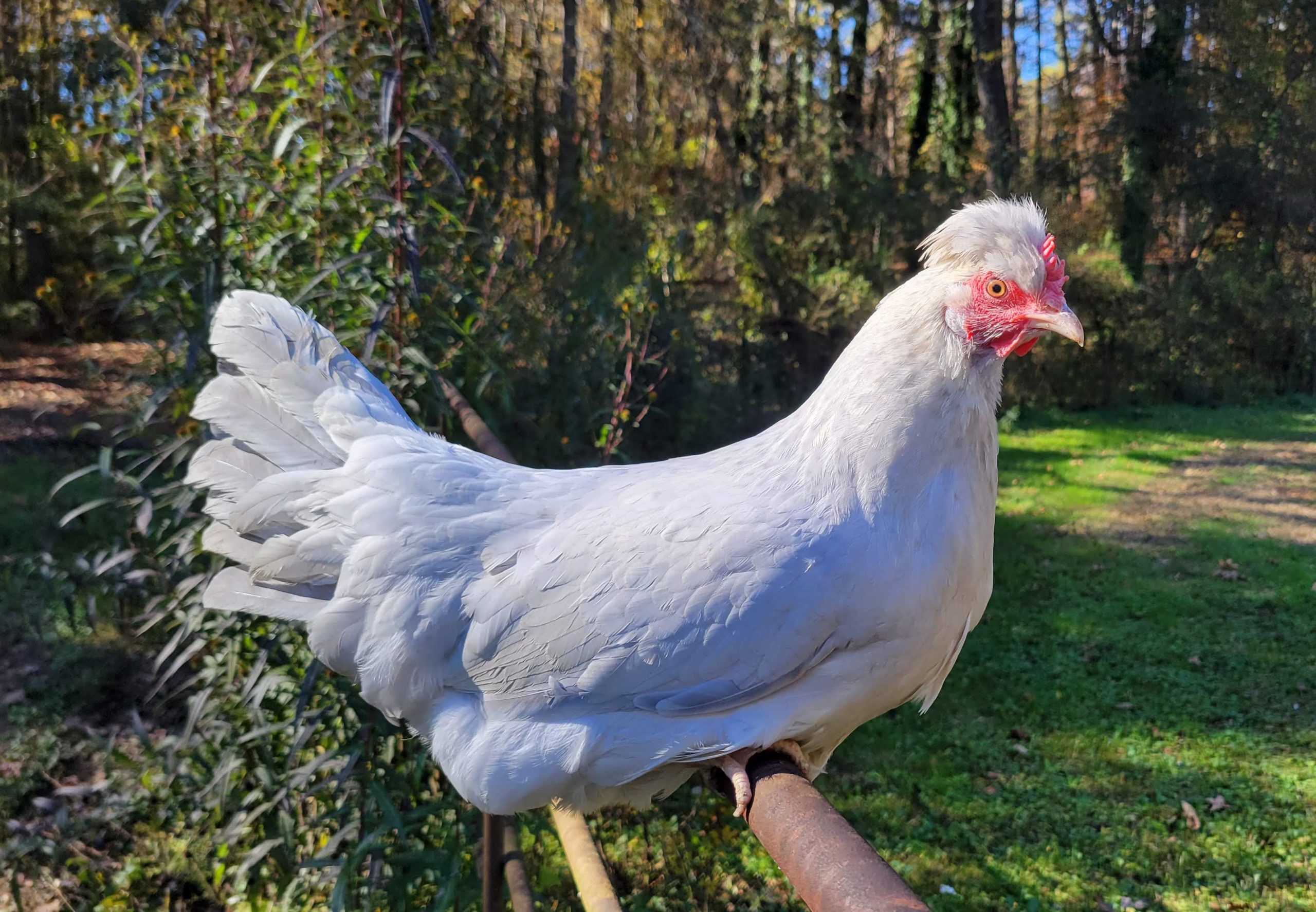









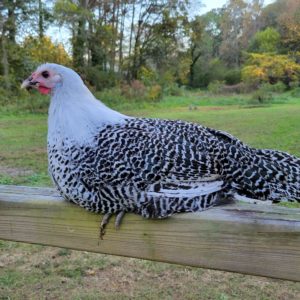










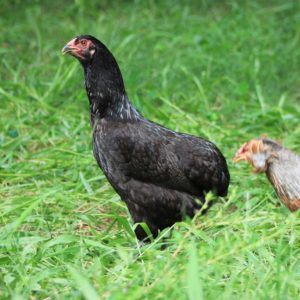


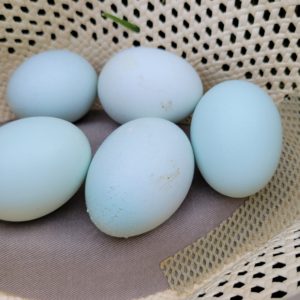

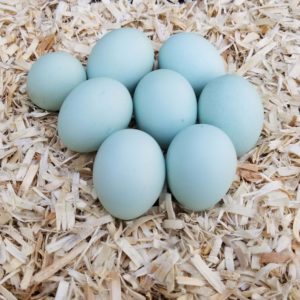

Reviews
There are no reviews yet.